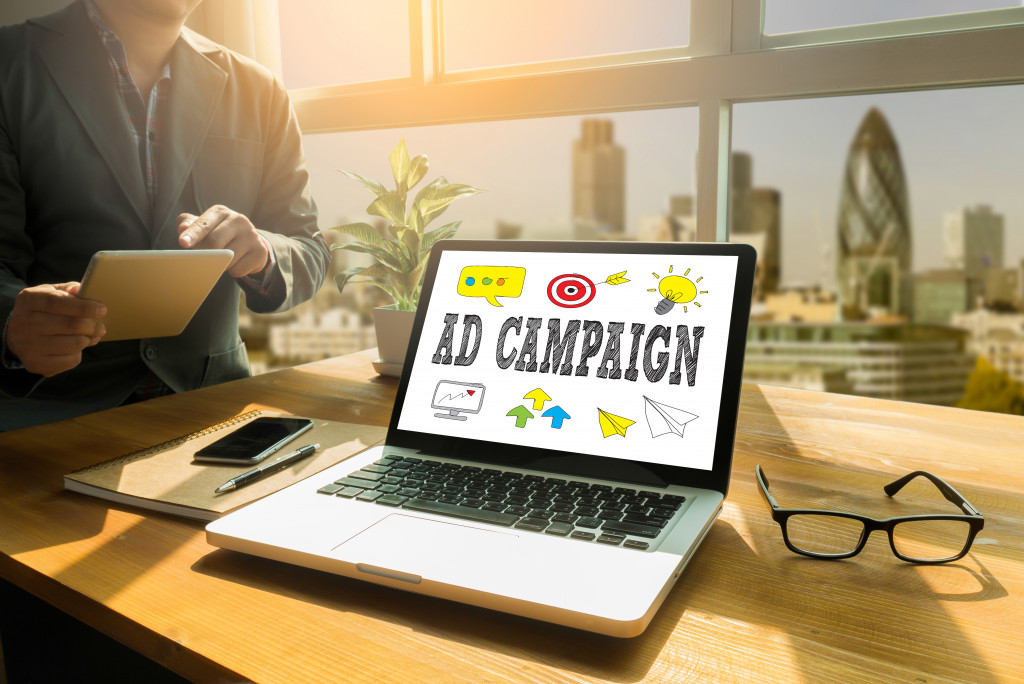Large corporations and big businesses are slowly shifting their campaigns from traditional media to online platforms. Billions of dollars are going to online ads as smartphones gradually become the primary medium for advertising.
The Online Shift
Digital ads reigned supreme in the US in 2020. Big brands and small companies spent a total of $150 billion on online ads, spending less ($107 billion) on print, radio, and television ads. The shift was primarily due to lockdowns, as people stayed in their homes and used their devices for more extended periods. Traditional media also has a diminishing base, particularly print media.
While older generations might still buy copies of their favorite newspapers and magazines, the younger generation prefers to read the news through their phones. Streaming services and the watch-on-demand model have made all but the biggest television spectacles irrelevant. Even this year’s Superbowl proved to be in decline, garnering the lowest ratings in 15 years. People at home have more choices on what to watch, no more limited to time slots and schedules that governed both movies and TV shows in the past.
Digital and Its Advantages
Americans typically spend an average of 3.5 hours on their phones each day. That number more than doubled during 2020, as people were forced to stay inside with very little to do. The higher screen time made digital ads the best option for advertising.
Digital ads typically run on particular sites or media. Complex algorithms and site trackers can determine which demographic is visiting a specific site or watching or interacting with a particular medium, creator, or influencer. Companies can tailor their ads with a bit of marketing psychology to target particular demographics, ensuring better engagement and interest.
Digital ads also tie in rather nicely with online shopping. Using the same medium (phones), people can see an ad and immediately go about purchasing it. Online transactions are slowly becoming the preferred method of buying non-essential goods. People stuck at home can continue purchasing whatever they want online, eliminating the need to go store to store in search of specific items or stand in line at the counter. Digital sales reached a high of $4.7 trillion globally in 2019, and even the onset of the pandemic didn’t put much of a dent in online sales ($4.3 trillion in 2020).
Traditional Advertising Holds Strong

Although big business is shifting towards digital ads, traditional media still has a place for particular brands, products, and services. While digital ads work well for minor purchases that cost less than $1,000, traditional media is more effective in pushing more expensive products or services.
The older generations are also more likely to pick up a newspaper, watch television, and listen to the radio. Older individuals are more likely to make big purchases, and traditional ads still play a big part in their choices. Billboards lining the road as commuters pass by every day also have more influence than a phone ad that you can ignore or skip. They feel more real, and their constant presence creates minor subliminal influence every time a motorist passes through.
Flyers, brochures, and radio ads also work well for local campaigns. Digital ads can be targeted to specific demographics. However, traditional ads can zero in on particular locations. Word of mouth and endorsements are still influential tools to use, and television endorsements are more potent than one on the phone. Similarly, a spoken endorsement from a friend or family member weighs significantly more than hundreds of online reviews.
Using What Works
Most companies tailor their ad campaign to include both traditional and digital media for maximum coverage. Brands will often launch digital campaign ads for specific products but still retain traditional media for particular items that are more expensive. A magazine ad featuring an automobile is more effective than a digital one. Print ads accrue more purchasing intent as readers can mull about their decision as they look at an ad. Digital ads are targeted to more impulsive buyers who wouldn’t mind spending a few dollars on some random item. Most ads will have cross-exposure.
Digital ads that go viral will often be covered in print, radio, or television (with a bit of urging from the brand involved), and brands can use influencers to “freely” talk about their traditional campaigns. Large corporations will often have marketing divisions to see what works or what doesn’t, and smaller companies will often hire marketing companies to run their campaigns.
The advertising wars are now waged on two fronts. Companies running ad campaigns can opt to go digital or traditional or find the optimal combination of both to ensure maximum exposure.

